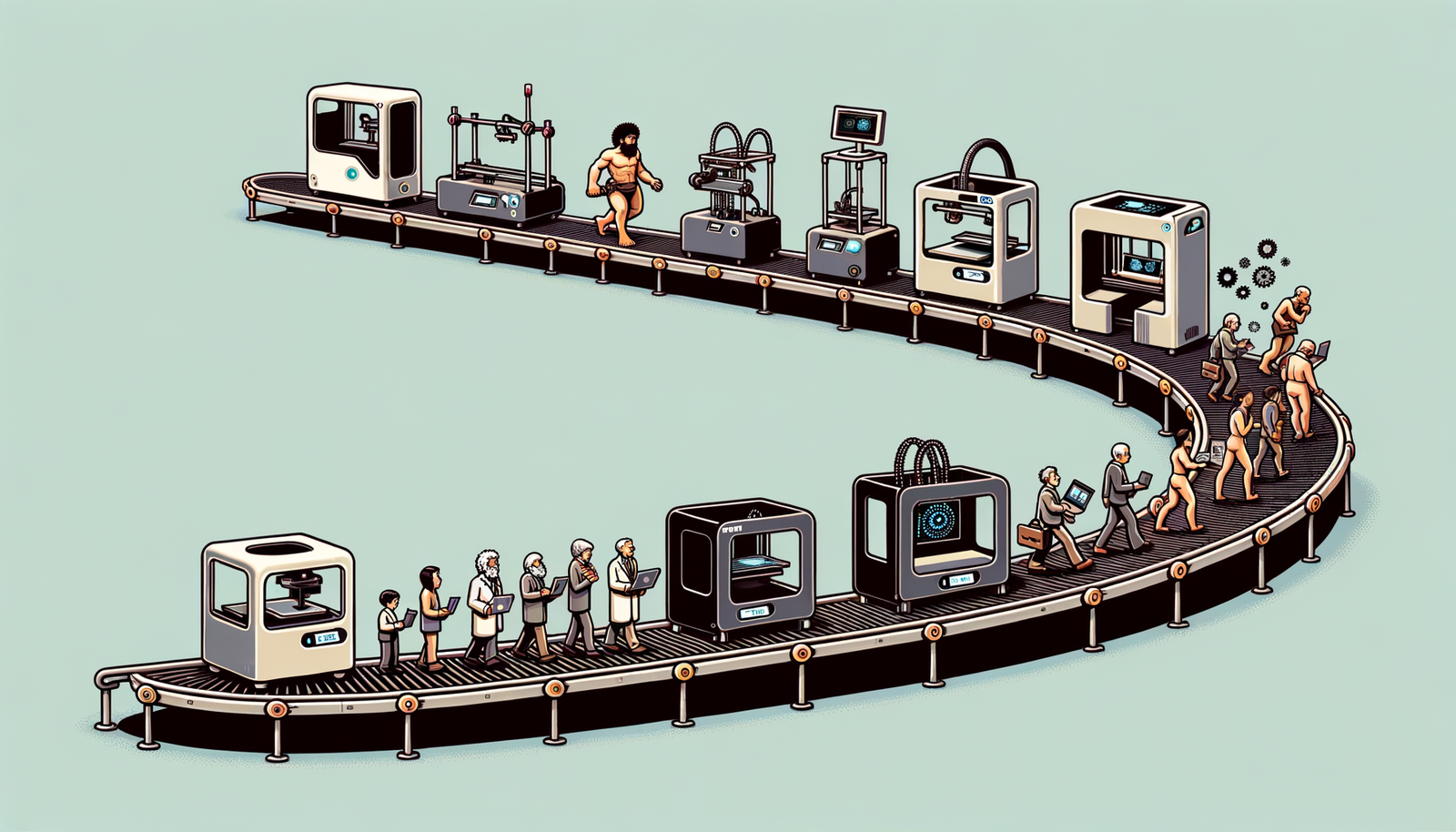Your Cart is Empty
Additive Manufacturing, commonly known as 3D printing, has revolutionized the way we conceive manufacturing, product development, and design. Through the layer-by-layer construction approach, it offers unparalleled flexibility and complexity in manufacturing items directly from digital models. The evolution of 3D printing technologies has been significantly influenced by advancements in software capabilities, playing a critical role in the growth and accessibility of additive manufacturing. However, the industry continues to face challenges, particularly in software, that limit the full potential of what 3D printing can achieve.
Advanced Features in Modern 3D Printing Software
The sophistication of 3D printing software is at the heart of additive manufacturing’s progress. The following features represent some of the most impactful advancements in recent years:
- Slicing algorithms: These algorithms transform 3D models into layers and generate the necessary paths for 3D printers to follow. Their efficiency and accuracy directly affect the quality and speed of the printing process.
- Simulation tools: Modern 3D printing software includes simulation capabilities that predict potential printing errors before the printing process begins, saving time and resources.
- Parametric design: This feature allows users to adjust dimensions and geometry based on a set of rules or parameters, facilitating customization and scalability.
- Cloud-based collaboration: Cloud platforms enable teams to collaborate on 3D printing projects from different locations, streamlining project management and communication.
Case Studies: Success Stories in Additive Manufacturing
The transformative impact of advanced software in additive manufacturing can be observed across various industries:
- The aerospace and automotive sectors have leveraged complex geometries that are only possible with 3D printing, leading to lighter, more efficient parts.
- In the medical industry, customization has reached new heights with patient-specific implants and prosthetics, significantly improving patient outcomes.
- The construction industry has seen large-scale 3D printing projects that promise to change how structures are built, offering faster construction times and reduced costs.
The Future of Software in Additive Manufacturing
The horizon for 3D printing software is vibrant with possibilities. Key areas of future development include:
- Predictive analytics and machine learning: These technologies are set to refine the precision of 3D printing, making it possible to anticipate and resolve potential issues automatically.
- Virtual and augmented reality: The integration of VR and AR into 3D modeling promises to enhance the design process, providing a more intuitive interface for creating and adjusting models.
- Automation: Automating the 3D printing workflow from design to final print can significantly increase efficiency and reduce the need for human intervention.
- Open-source software communities continue to play an essential role in driving innovation and accessibility in 3D printing software, enabling a broader range of users to contribute to and benefit from advancements in the field.
In conclusion, as software for additive manufacturing evolves, the boundaries of what can be achieved with 3D printing will expand. The future of 3D printing is not just about new materials or printers but significantly about how software can harness these tools to create smarter, faster, and more personalized manufacturing solutions.







